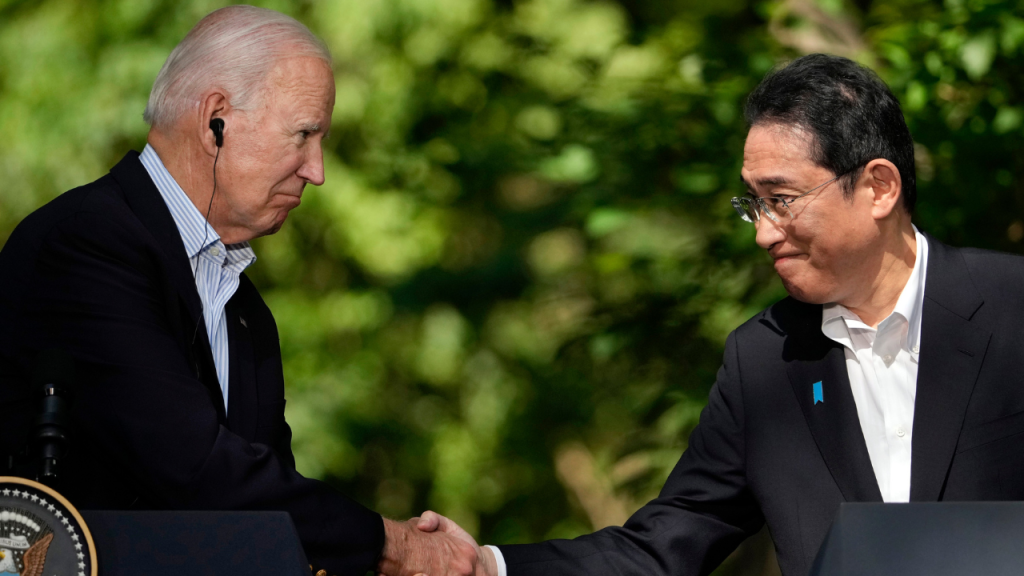Japan and the United States have signed an agreement to jointly develop a new missile defense system to counter the threat of hypersonic weapons. The project, named the Glide Sphere Interceptor, aims to be deployed by the mid-2030s. The Japanese defense ministry plans to select contractors and begin development by March 2025. The agreement was initially agreed upon by Japan’s Prime Minister Fumio Kishida and U.S. President Joe Biden at their summit in August and reaffirmed during Kishida’s visit to Washington in April.
Hypersonic weapons, capable of exceeding Mach 5, pose a significant threat to regional missile defense systems due to their speed and maneuverability. To address this challenge, Japan and the U.S. have come together to develop interceptors capable of countering these advanced weapons. Japan will be responsible for developing a component of the interceptor that separates in space to destroy incoming warheads, as well as its rocket motors. The Japanese defense ministry has allocated $490 million for the initial development and testing of the interceptor.
The project involves a competition between two companies, Raytheon Technologies and Northrop Grumman, to develop the hypersonic missile interceptor. The U.S. Missile Defense Agency estimates that the total cost of developing the interceptor will exceed $3 billion, with Japan’s share accounting for $1 billion of that cost. The interceptors will be deployed on Aegis-class destroyers, similar to the ship-to-air Standard Missile-3 that Japan previously co-developed with the United States.
Japan has identified the development of the Glide Sphere Interceptor as a pressing issue, as the threat of hypersonic weapons in the region has significantly increased in recent years. The agreement between Japan and the U.S. outlines the allocation of responsibility and decision-making processes for the joint development project, marking a major step forward in the collaboration. The project underscores Japan’s commitment to strengthening its deterrence capabilities in response to growing regional threats.
In addition to the joint development of missile defense systems, Japan has been expanding its military buildup and relaxing its weapons export policy to allow for the co-development of lethal weapons with third countries. This shift in policy reflects Japan’s recognition of the need to enhance its defense capabilities and strengthen deterrence against potential threats. The collaboration between Japan and the U.S. in developing the Glide Sphere Interceptor highlights the importance of international cooperation in addressing evolving security challenges and safeguarding regional stability.


